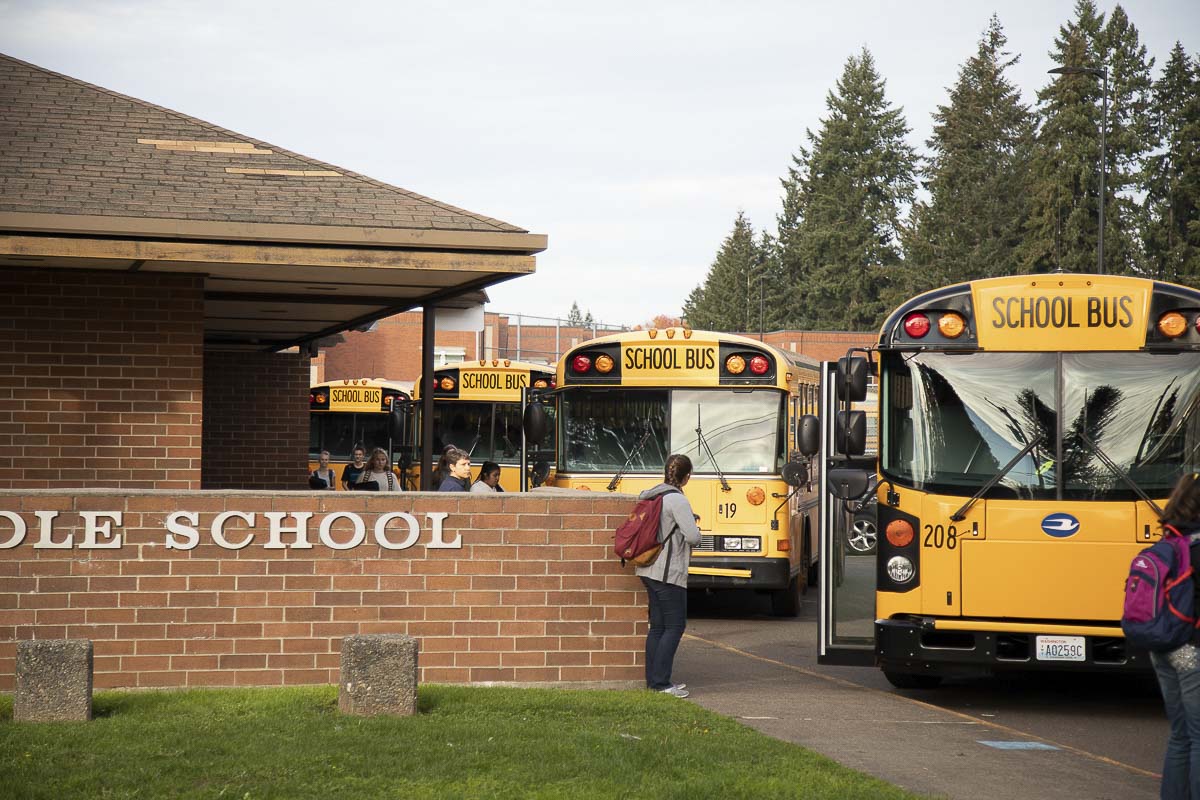New, school-specific metrics are available on Clark and Cowlitz County Health Department websites; Leaders agree to wait three weeks between learning model transitions
CLARK COUNTY — School Leaders in Clark and Cowlitz Counties are collaborating closely with Clark and Cowlitz County Public Health departments to monitor COVID-19 activity within each county, provide data to inform decisions related to eventual transitions to in-person education and create working conditions that are both safe and effective for staff.

Clark and Cowlitz County Health Departments are monitoring COVID-19 data at the local level, specifically, calculating infection rates per 100,000 people, as is consistent with the school reopening decision tree framework established by the Washington State Department of Health. Pages have been established on both Clark and Cowlitz County Health Department websites to address school metrics and to guide decisions related to a return to in-person education. These pages are updated on a weekly basis.
In addition to monitoring infection rates using the state’s metrics, school superintendents are coordinating with their health departments to ensure safety for staff returning to school to teach students from the classroom for remote learning 2.0.
“With appropriate personal protective equipment and physical distancing, it is safe for teachers to return to school without students there to conduct remote instruction,” said Dr. Steven Krager, deputy health officer for Clark and Cowlitz counties.
“Even when COVID-19 activity is in the high range, the state decision tree framework allows for limited in-person learning. This should be done in small groups and for students with the highest needs, such as students with disabilities, students who are homeless, those farthest from educational justice, and younger learners,” said Dr. Alan Melnick, health officer for Clark and Cowlitz counties
“As we gear up for the beginning of the school year, we must do what is best for all students, but especially those with the highest educational and support needs,” said Mike Merlino, superintendent of Evergreen Public Schools. “That’s why we are working closely with Clark County Public Health and the state Department of Health, to follow guidelines that allow us to safely bring small groups of five or fewer students with specific needs in to our schools to work directly with staff while the majority of students continue to learn remotely.”
Clark and Cowlitz Public Health officials and school superintendents also have agreed that they would consider expanded in-person learning, beginning with the youngest students, after COVID-19 activity levels remain in the moderate range for at least three consecutive weeks. COVID-19 activity levels must continue to remain in the moderate range for at least three consecutive weeks before adding hybrid, in-person learning for older students.
“The three-week waiting period will allow Public Health and school administrators to see how the changes affect local COVID-19 activity levels and identify any potential virus transmission schools,” said Mary Beth Tack, superintendent of the Kelso School District.
Currently, both Clark and Cowlitz Counties are in the Moderate Level of COVID Activity.
State DOH Decision Tree Matrix for Reopening Schools
High COVID-19 activity: More than 75 cases per 100,000 people over 14 days
Recommendations: Distance learning with the option for limited in-person learning for students who need it most, such as children with disabilities and students living homeless. Sports and extracurricular activities postponed or canceled.
Moderate COVID-19 activity: 25 to 75 cases per 100,000 people over 14 days
Recommendations: Distance learning with the option for limited in-person learning for students who need it most, such as children with disabilities and students living homeless. Gradual expansion of in-person education, beginning with elementary students. Over time, consider adding hybrid in-person learning for middle or high school students. Sports and extracurricular activities postponed or canceled. Consider low-risk activities when all students have some level of in-person learning.
Low COVID-19 activity: Less than 25 cases per 100,000 people over 14 days
Recommendations: Full time in-person learning for all elementary students and hybrid learning for middle and high school students. Over time and if physical space allows, consider full time in-person learning for middle and high school students. Consider low and moderate risk in-person extracurricular activities.
Information provided by Educational Service District 112.




